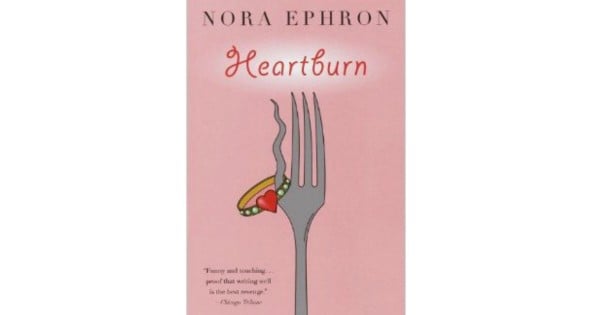

(Putting aside infidelity for a moment, that was the part where I personally believed that Rachel’s marriage was past saving.) of therapy of pompous columnists of the kind of men who consider themselves exemplary partners but who leave their wives, seven months pregnant and with a toddler in tow, to navigate an airport while they idly buy magazines.


Nora Ephron’s 1983 novel is narrated by a food writer, Rachel Samstat, who discovers that her esteemed journalist husband is having an affair with Thelma Rice, “a fairly tall person with a neck as long as an arm and a nose as long as a thumb and you should see her legs, never mind her feet, which are sort of splayed.” Taken at face value, the book is a triumphant satire-of love of Washington, D.C. Recently, they have found new life among younger fans, including extremely-online cook Alison Roman the vinaigrette was famously Instagramed by Olivia Wilde.In the 40 years since Heartburn was published, there have been two distinct ways to read it. Fifteen recipes are salted throughout the novel, three alone for potatoes. The novel became a gastronomic touchstone. The husband is “capable of having sex with a venetian blind.” His paramour is filleted as “a fairly tall person with a neck as long as an arm and a nose as long as a thumb and you should see her legs, never mind her feet, which are sort of splayed.” Ephron named her Thelma.

It’s a monologue, a diatribe, a roman à clef deployed with heat-seeking barbs. To some readers, “Heartburn” is barely a novel. “You haven’t lived till you’ve squeezed my Washington Post” is deployed as a lecherous come-on by the president’s assistant. References to The Post, including the Style section, are peppered throughout. “Heartburn” is a Washington novel and a Washington Post novel: It’s based on Ephron’s explosive breakup with legendary Post Watergate reporter Carl Bernstein, who had an affair with the wife of the British ambassador when Ephron was many months pregnant with her and Bernstein’s second child.


 0 kommentar(er)
0 kommentar(er)
